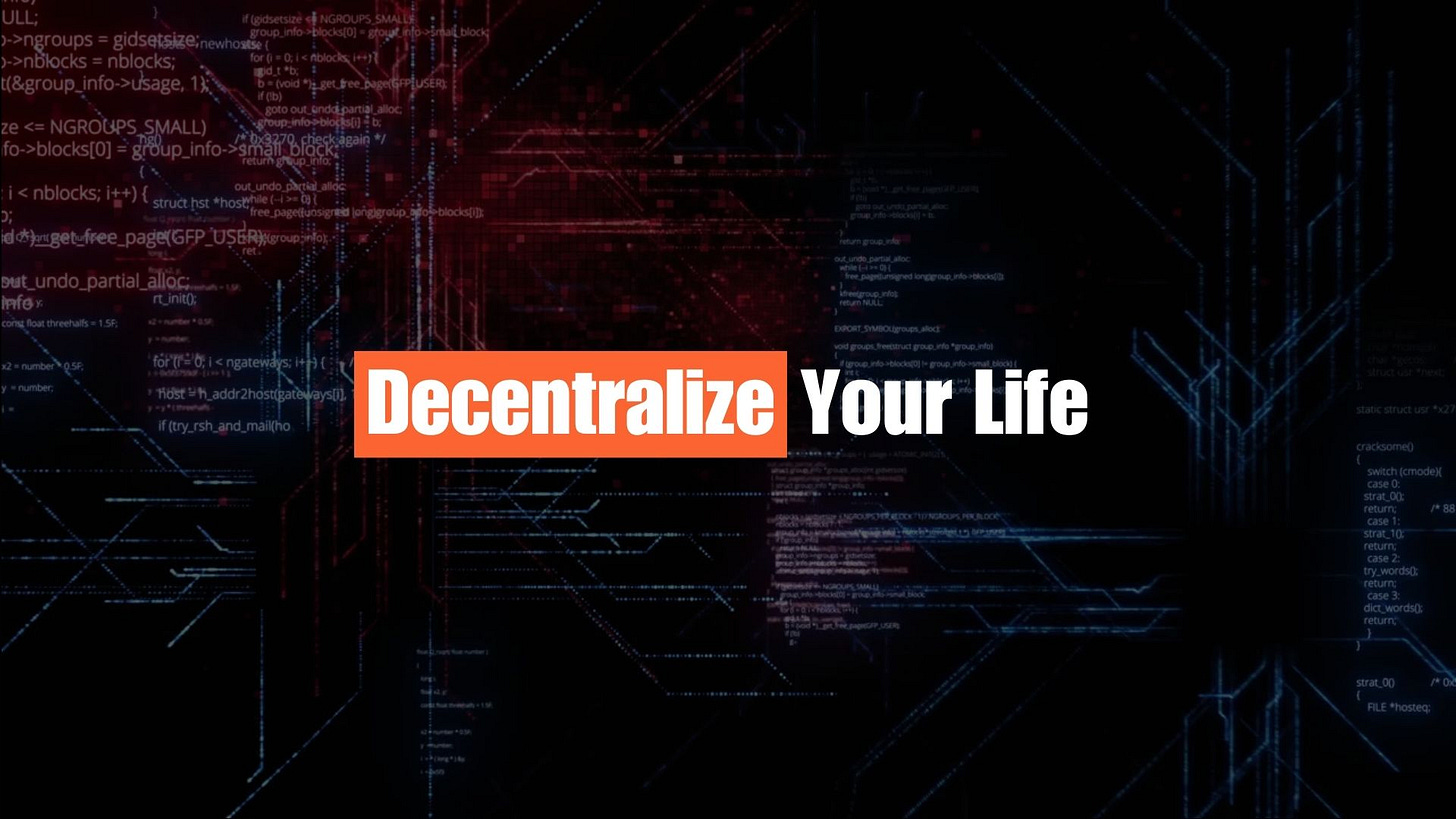Uber just hinted it may abandon SWIFT. Billions in cross-border payments.
Dozens of countries.
And now, a single sentence from Uber's CEO might signal the end of an era.
The corporate treasury revolution is already underway—and Wall Street might be too slow to stop it.
“We’re definitely going to take a look at stablecoins.”– Dara Khosrowshahi, Uber CEO
That’s not a startup founder in a hoodie.
That’s the CEO of a $140B company with a global payments footprint saying:
SWIFT doesn’t cut it anymore.
Uber isn’t playing around.
It moves billions across 70+ countries.
That means FX fees, settlement delays, and banks stacking on fees like it’s 1994.
SWIFT is a relic.
Uber’s curiosity about stablecoins isn’t a phase.
It’s a threat to the banking establishment.
I spent last week with over 30 corporate treasurers and senior banking leaders.
Every. Single. One. was "stablecoin curious."
But here’s the twist
They’re lost on how to actually do it.
The reasons they want stablecoins are obvious:
✅ Real-time settlement
✅ Global reach
✅ FX savings
✅ No need for 3-5 correspondent banks in between
SpaceX already explored this path.
And guess what?
It worked.
So what’s the holdup?
Two major blockers:
ERP integration.
No CFO wants to babysit spreadsheets and manual reconciliations.Banking partnerships.
They want Goldman, Citi, or JPM to offer stablecoin rails—ideally bundled with better FX and cash management.
Here’s where it gets interesting…
The GENIUS Act (set to pass in the next session) would legitimize stablecoins for institutional use.
If this clears, compliance teams won’t be the default veto anymore.
That changes the game.
Think about it.
If you’re a bank, and Uber says:
“We’re routing $2B in payments through Circle or Paxos next quarter…”
You either:
A. Build
B. Partner
C. Watch them leave
There is no Option D.
And for banks that serve high-volume clients like Uber, SpaceX, or Shopify?
This isn’t a side quest.
This is the strategic inflection point of the decade.
Ignore stablecoins now, and watch your best clients quietly exit stage left.
Let’s zoom out.
In 2022, corporate treasuries were barely considering crypto.
By 2023, a few started exploratory RFPs.
Now in 2025, stablecoin integration is at the top of treasury innovation roadmaps.
This isn’t just about innovation.
It’s about control.
Stablecoins give treasurers programmable money.
They can route, split, settle, hedge—in minutes.
Without begging banks to “expedite a wire.”
It’s the internet of money, and CFOs are finally catching on.
But here’s the kicker:
Most people think “stablecoins = crypto.”
And crypto still sounds risky.
Yet these are tokenized dollars.
Backed by U.S. Treasuries. Audited. Regulated.
It’s not a new asset class.
It’s a new transport layer.
The real irony?
Banks fought stablecoins for years.
Now they’re scrambling to productize them.
Because the clients are demanding it.
And revenue follows clients. Always.
Want a snapshot of the future?
💼 Uber issues payroll in USDC to drivers in Africa.
💸 Shopify settles international vendor invoices on weekends.
🏦 JPMorgan builds a stablecoin suite to keep Uber in-house.
No press release.
Just quietly… everything changes.
So what happens now?
Forward-thinking treasury teams are:
Running pilot programs
Testing with low-risk vendors
Building stablecoin playbooks
Asking banks tough questions
The laggards?
They’re about to get blindsided.
This isn’t theory.
Circle just crossed $1T in transaction volume.
USDC runs on 12+ blockchains.
Visa and Mastercard are in active pilot programs.
Stablecoins are no longer fringe.
They’re financial infrastructure.
But don’t be fooled.
Stablecoins aren’t here to "complement" SWIFT.
They’re here to replace it.
Slowly. Then suddenly.
The only question: Will your bank adapt—or get left behind?
Final thought:
Uber’s move isn’t just about payments.
It’s about freedom, control, and speed.
In a world that moves at software speed, money should too.
Stablecoins are the rails. Uber might just be the first train.
The revolution isn’t coming.
It’s here.
So I’ll ask: If you're in treasury or banking…
What’s your biggest blocker?
🚧 Regulatory fears?
⚙️ ERP complexity?
🧠 Risk perception?
Love what you read? Subscribe and never miss an update!




